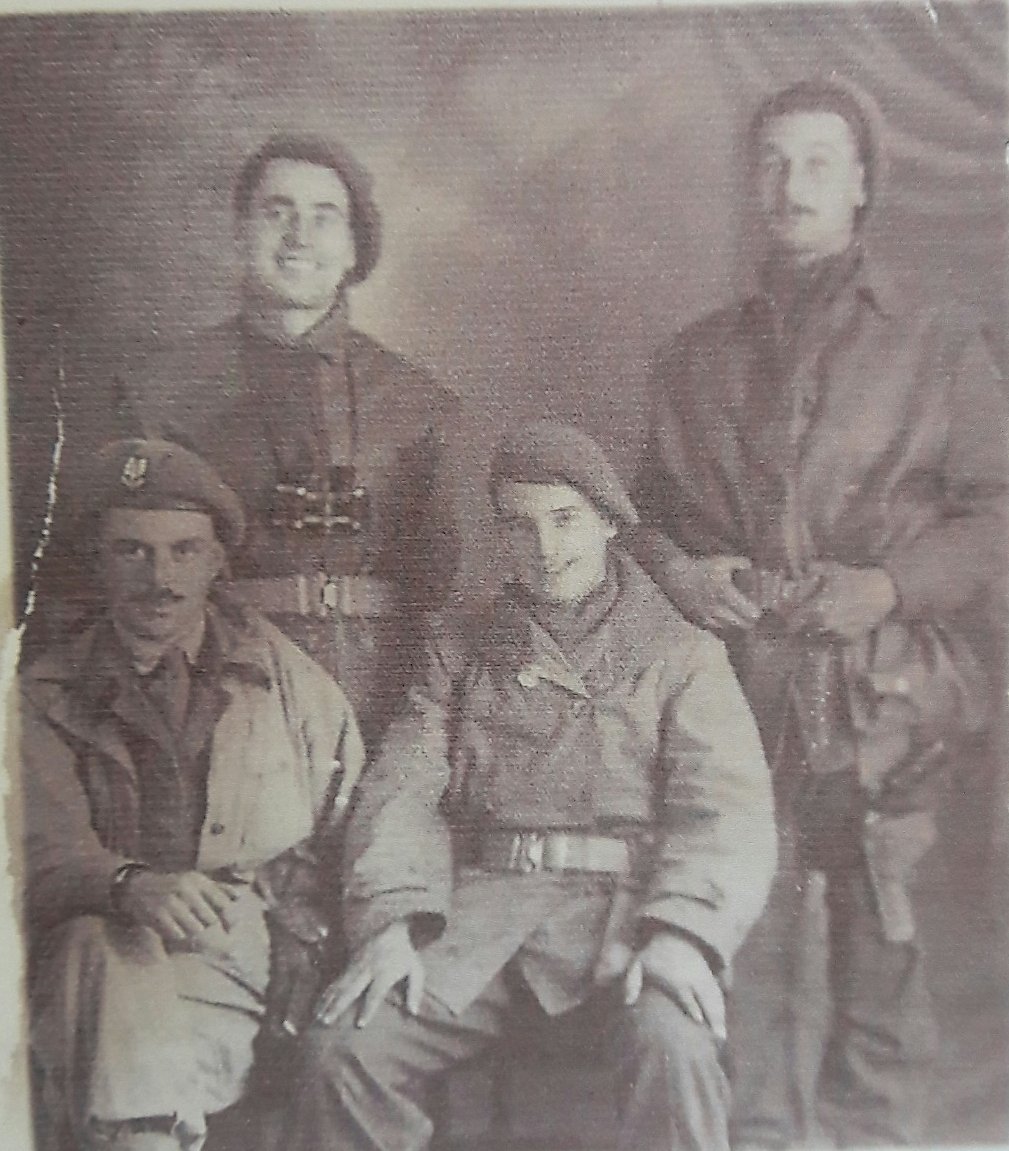
1/6
BBC Rogue Heroes inspired one gentleman to dig into his father’s special forces background. All that Terence Denman had were a few photos of his dad – John Bull Denman - from 1944/45 in his SAS beret. He dropped me a line.
(The photos that follow are of John & his pals)
BBC Rogue Heroes inspired one gentleman to dig into his father’s special forces background. All that Terence Denman had were a few photos of his dad – John Bull Denman - from 1944/45 in his SAS beret. He dropped me a line.
(The photos that follow are of John & his pals)

2/
It was a mystery at first. John Denman, who joined from the REME, had the Africa & Italy Stars but had never seen service in France. His army paybook recorded he’d 'passed No. III Initial Parachute Course Pt. II O. No. 1732 on 31 May 1944'
In all photos was the sand beret.
It was a mystery at first. John Denman, who joined from the REME, had the Africa & Italy Stars but had never seen service in France. His army paybook recorded he’d 'passed No. III Initial Parachute Course Pt. II O. No. 1732 on 31 May 1944'
In all photos was the sand beret.

3/
So unlikely he was in 1 or 2SAS because in '44 he would have worn the maroon beret.
Had he been in the SBS, who wore the sand beret throughout the war?
Terence didn’t think so.
Then he unearthed a photo on which was written on the back: 'LRS REME c/o HQ Raiding Forces'.
So unlikely he was in 1 or 2SAS because in '44 he would have worn the maroon beret.
Had he been in the SBS, who wore the sand beret throughout the war?
Terence didn’t think so.
Then he unearthed a photo on which was written on the back: 'LRS REME c/o HQ Raiding Forces'.

4/
Eureka!
'LRS' stood for Light Repair Section & they were part of Raiding Forces, established in March 1943 in the Middle East under the command of Lt-Col Harry Cator, a WW1 veteran.
It comprised the following:
Eureka!
'LRS' stood for Light Repair Section & they were part of Raiding Forces, established in March 1943 in the Middle East under the command of Lt-Col Harry Cator, a WW1 veteran.
It comprised the following:

5/
a) New SAS Commando Squadron
b) New SAS Small-Scale Raiding Squadron (under the command of Paddy Mayne)
c) Greek Squadron (Sacred Heart)
d) Raiding Forces Signals
e) Light Repair Section
f) Special Boat Squadron (under Jellicoe)
g) Any other forces that may be raised
a) New SAS Commando Squadron
b) New SAS Small-Scale Raiding Squadron (under the command of Paddy Mayne)
c) Greek Squadron (Sacred Heart)
d) Raiding Forces Signals
e) Light Repair Section
f) Special Boat Squadron (under Jellicoe)
g) Any other forces that may be raised
6/6
The LRS did the same physical training as the SAS & SBS, including parachuting, & were entitled to wear the beret on its successful completion.
The LRS were with the SBS in Greece & the Balkans in 44/45, & some REME parachuted into France with jeeps with the SAS in 1944.
The LRS did the same physical training as the SAS & SBS, including parachuting, & were entitled to wear the beret on its successful completion.
The LRS were with the SBS in Greece & the Balkans in 44/45, & some REME parachuted into France with jeeps with the SAS in 1944.

• • •
Missing some Tweet in this thread? You can try to
force a refresh













